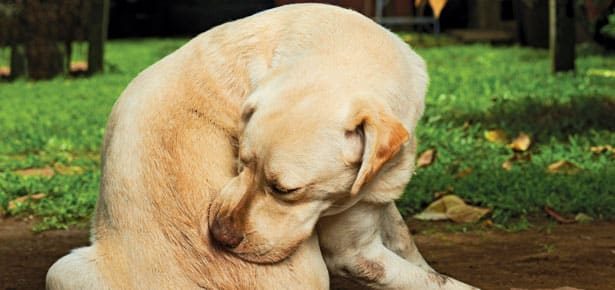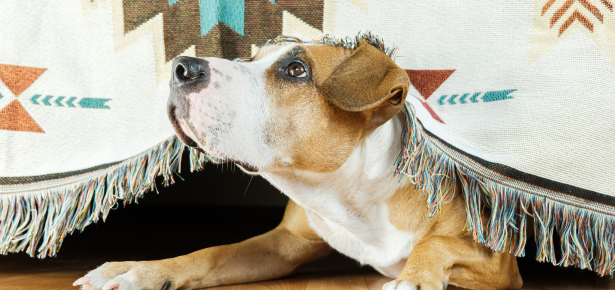

How to Remove a Tick in 5 Steps
And How to Check if Your Dog Has Fleas
Step 1: Hold your dog still, part the fur, and take a close look. You want to make sure what you’re looking at is actually a tick! Well meaning dog owners have tried to remove warts, skin tags, cysts, and even nipples thinking they were ticks. Needless to say, this does not go over well with the dog. Ticks are usually a grey or tan-brown colour. Look from the side and see if you can see legs where the tick attaches to your dog’s body.
Step 2: Once you’re sure it’s a tick, use tweezers to grasp the tick as close to your dog’s skin as possible, getting the tweezers between the head of the tick and your dog’s skin. Using steady, firm pressure, pull the tick straight up and away from your dog’s body. Do not squeeze or twist the tick when removing.
Step 3: To make sure you’ve removed all of the tick, take a look at it closely once you’ve pulled it out. If it’s waving it’s legs, it’s alive and you’ve removed the whole thing. If it’s not waving, don’t worry; the remaining head or mouthparts still in your dog won’t make your dog sick, though it may fester a bit more. Your dog’s body will expel the bits left behind naturally.
Step 4: Put the tick in a jar or a Ziploc bag and bring it to your vet for testing for Lyme disease/borrelia. Do not fling it away in disgust, as tempting as that may be. If it’s alive, it could reattach to your dog—or you!
Step 5: Clean the area with some soap and water and apply a bit of Polysporin. It’s normal for it to be a bit pink or red where the tick was attached, or to see a scab and some hair loss.
Does Your Dog Have Fleas?
Is your dog itching and biting her rump at the base of her tail? She could have fleas! Take a fine-toothed flea comb (Andis makes a great one) and comb near the base of your dog’s tail. This area is a prime flea hangout. Take a look at what’s collected in the comb’s teethany small black dots jumping about are fleas. If there are some non-moving black dots, it could be flea dirt, a clear sign your dog has fleas. To check, press the collected hair/debris against a dampened paper towel—if the black dots turn rusty red, you’ve confirmed it’s flea dirt. You can also turn your dog over and look at her tummy, where it’s easier to see fleas moving around—you’re looking for small, fast moving black dots.
If your dog has fleas, you’re going to need a flea treatment. Talk to your vet to get a topical spot-on treatment or, for a natural remedy, get FleaHex, an all-natural flea control product available here. You’ll also need to wash your dog’s bedding and vacuum carpeting. To prevent future flea infestations, wash your dog’s bedding weekly, seal vacuum bags before taking them to the trash, and clear flea-concealing debris piles from your yard.
Join the newsletter and never miss out on dog content again!
"*" indicates required fields
By clicking the arrow, you agree to our web Terms of Use and Privacy & Cookie Policy. Easy unsubscribe links are provided in every email.





